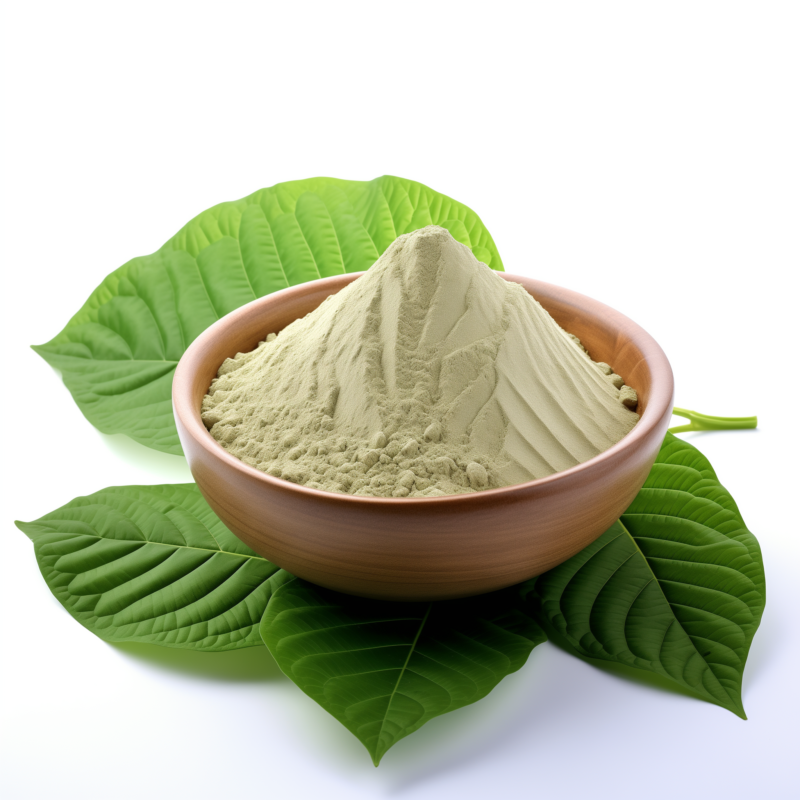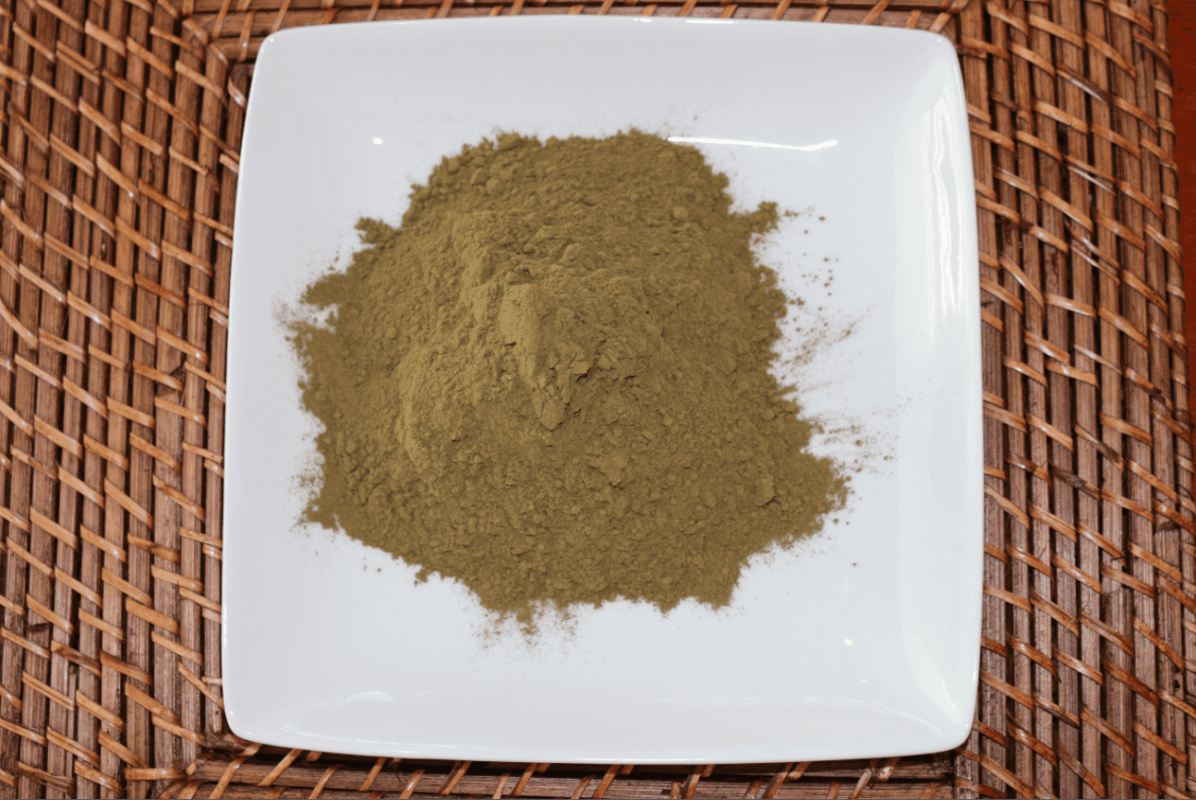What Do Kratom Users Have to Say? Unveiling Real Experiences
Kratom, a tropical tree native to Southeast Asia, has garnered significant attention worldwide for its potential effects on discomfort relief, mood enhancement, and energy boosting. As its popularity soars, so does the curiosity around the real experiences of those who use it. This article delves into firsthand accounts from kratom users, offering a glimpse into its effects, benefits, and the controversies surrounding its use.

Understanding Kratom and Its Appeal
Kratom leaves contain compounds that can have psychoactive effects. Users often cite reasons for use ranging from managing discomfort and uneasiness to seeking an energy boost or a sense of well being. The diversity in kratom strains, including red, green, and white veins, offers a spectrum of effects, appealing to a broad audience seeking various benefits.
Real User Experiences: Benefits and Effects
Kratom users often share their stories on online forums, social media, and community groups, highlighting a range of effects:
- Discomfort Management: Many users report significant relief from chronic discomfort, making daily activities more manageable.
- Mood Enhancement: Users frequently describe feelings of well-being, reduced nervousness, and sadness alleviation, contributing to an improved quality of life.
- Energy and Focus: Particularly with white and green strains, individuals note increased energy levels and enhanced focus, aiding in productivity and combatting fatigue.
The Controversy Surrounding Kratom Use
Despite its reported benefits, kratom is not without its controversies. The lack of comprehensive scientific research and regulatory oversight has led to debates over its safety, potential side effects, and risk of addiction. Critics argue for more stringent regulations and caution against possible health risks, while advocates push for kratom’s legality and accessibility, emphasizing its potential as a natural remedy.
Navigating the Kratom Conversation: Safety and Legality
Kratom’s legal status varies globally and across different states in the U.S., reflecting the ongoing debate over its safety and medicinal value. Users advocate for informed decision-making, emphasizing the importance of purchasing from reputable sources, starting with low doses, and consulting healthcare professionals, especially for those with existing health conditions or concerns.
Conclusion: A Call for Open Dialogue and Research
The stories shared by kratom users highlight a complex landscape of personal experiences, benefits, and concerns. What emerges is a call for an open dialogue between users, healthcare professionals, researchers, and policymakers. Comprehensive research and informed discussions are essential to understanding kratom’s full potential and risks, paving the way for evidence-based regulations that protect consumer safety while recognizing its possible benefits.
In the quest to understand kratom’s place in society and individual lives, the voices of those who use it are invaluable. Their experiences shed light on the nuanced reality of kratom, guiding future research, policy-making, and public perception in a direction that balances safety with the potential for relief and well-being.




